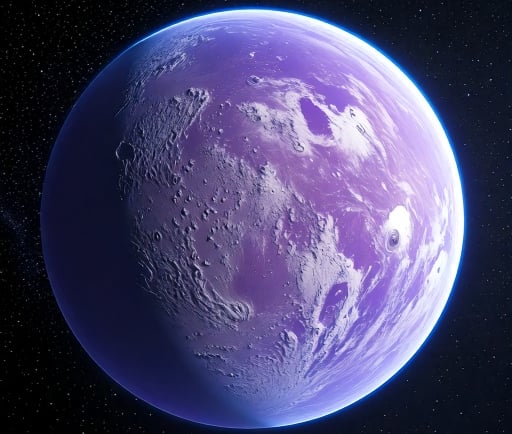USCO 1556 B: A Roaming Exoplanet


Introduction to USCO 1556 B
Among the multitude of exoplanets discovered in recent years, USCO 1556 B stands out as a fascinating subject for astronomers and astrophysics enthusiasts alike. This gas giant has captivated researchers with its impressive mass and unique orbital characteristics. In this post, we delve into the scientific aspects of USCO 1556 B, examining its features, orbit, and the implications for understanding planetary systems around M-type stars.
Mass and Physical Characteristics
USCO 1556 B is an extraordinary gas giant, boasting a mass approximately 15 times that of Jupiter. For a brief comparison, Jupiter, the largest planet in our own solar system, is already considered a massive body, with a well-known gravitational influence and atmospheric dynamics. The sheer scale of USCO 1556 B raises significant questions about its formation and evolution within its star system. Understanding such heavy exoplanets can provide insights into the processes involved in planetary formation, especially around M-type stars, which are known to be the most abundant type of stars in the universe.
Orbital Period and Implications
One of the most intriguing aspects of USCO 1556 B is its incredibly long orbital period of approximately 360,656.2 years. This lengthy cycle presents numerous challenges for observation and study, as it lies far beyond the range of typical human timescales. The exoplanet's orbit around its M-type star raises questions concerning the gravitational interactions at play and how such a distant orbit can maintain stability over such an extensive period. Furthermore, the dynamics involved may offer clues about the conditions and environments that allow exoplanets of this nature to exist.
Conclusion: Understanding USCO 1556 B and Beyond
The study of USCO 1556 B enriches our understanding of gas giants and their behavior in the cosmos. As we gather more data on this remarkable exoplanet, we expand our knowledge not only about its character but also the broader implications for planets in similar conditions. Such research introduces us to pivotal questions about planetary systems, their formation, and the diverse environments that can support planetary life. As technology advances, the potential for further exploration surrounding USCO 1556 B and other similar exoplanets only grows, promising new breakthroughs in our understanding of the universe.
